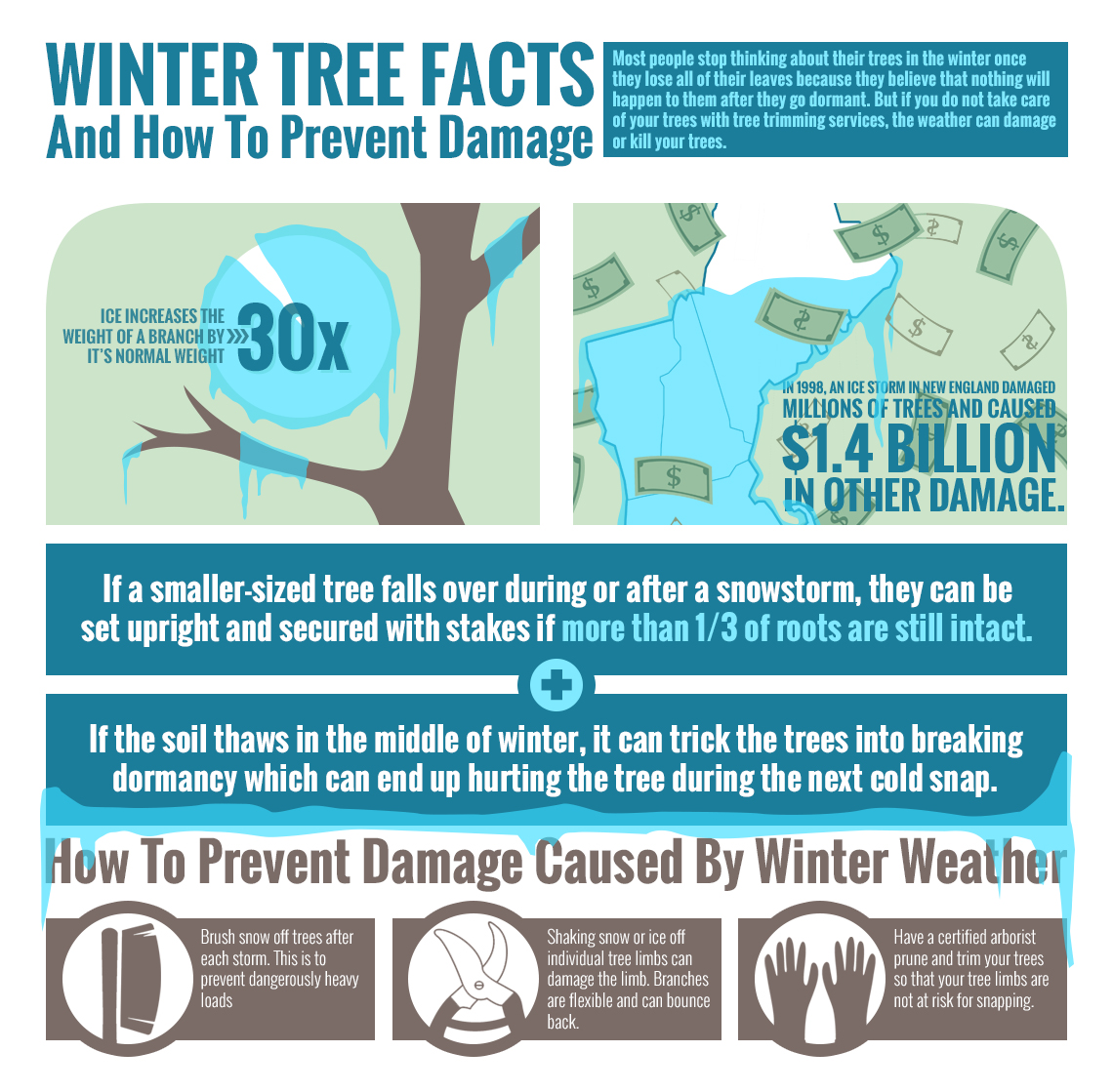Signals That It's Time To Remove A Tree: Identifying Unsafe Trees
Signals That It's Time To Remove A Tree: Identifying Unsafe Trees
Blog Article
https://www.bhg.com.au/garden-edging-ideas -Harper Malling
When it pertains to tree care, acknowledging the indications that it's time for elimination is vital for your safety and property. You may discover discolored fallen leaves, wilting branches, or weird fungal developments suggesting health issue. Architectural concerns, like a considerable lean or splits in the trunk, can also present risks. Recognizing these indication can help you make notified choices about your trees and stop possible dangers lurking in your lawn. What should you look for following?
Indicators of Decay and Illness
When you see signs of decay and condition in your trees, it's important to act rapidly. Seek blemished fallen leaves, wilting branches, or uncommon developments like fungus. These can show that your tree is battling.
If you see fractures in the bark or soft, mushy wood, these symptoms recommend interior decay. Additionally, an abrupt increase in bugs around your tree can signify that it's weakened and susceptible.
Check for any kind of dead or dying limbs, as they pose a risk to your residential or commercial property and safety. If you're uncertain concerning what you see, consulting an arborist can give clarity.
Attending to these indications early can conserve you from extra substantial damage and guarantee the wellness of your lawn. Don't wait till it's far too late.
Structural Instability and Leaning
As you observe your trees, keep an eye out for any indicators of architectural instability or leaning. If a tree leans considerably, it may suggest that the origin system is compromised.
Look for any type of cracks in the trunk or soil around the base; these can signal possible failure. In addition, look for uncommon development patterns, like an unbalanced crown, which might suggest that the tree is having a hard time to hold itself upright.
If you notice that the tree favors your home, power lines, or other structures, it presents a higher danger. Don't overlook these signs-- consult an arborist to analyze the scenario.
Taking action early can stop costly damage and ensure your safety and security.
Dead or Perishing Branches and Foliage
If you notice dead or passing away branches and vegetation on your tree, it's a clear indication that something's incorrect.
These harmful areas can suggest underlying issues like disease, insect invasions, or environmental stress and anxiety. When branches lose their fallen leaves or turn brownish, they're no longer adding to the tree's health. Overlooking these signs could result in additional decline, making your tree a lot more dangerous.
Dead branches can easily break off during storms, presenting a threat to building and people nearby. https://drive.google.com/file/d/1uM8USJsYhtZAvtD47VNW_Sxoiyf5PgwG/view?usp=sharing to analyze the extent of the damage.
If the problem influences a significant part of the tree, take into consideration seeking advice from a specialist. They can aid establish if removal is needed to make certain safety and security and keep the appeal of your landscape.
Conclusion
If you see any type of indicators of decay, architectural instability, or dead branches on your trees, don't neglect them. These indicators can posture severe safety dangers to you and your building. It's always best to seek advice from a professional arborist who can provide a professional evaluation of your trees. Acting early can stop accidents and expensive damages, ensuring your landscape stays risk-free and healthy and balanced. Bear in mind, it's far better to be aggressive about tree care than to wait for a calamity to occur.
